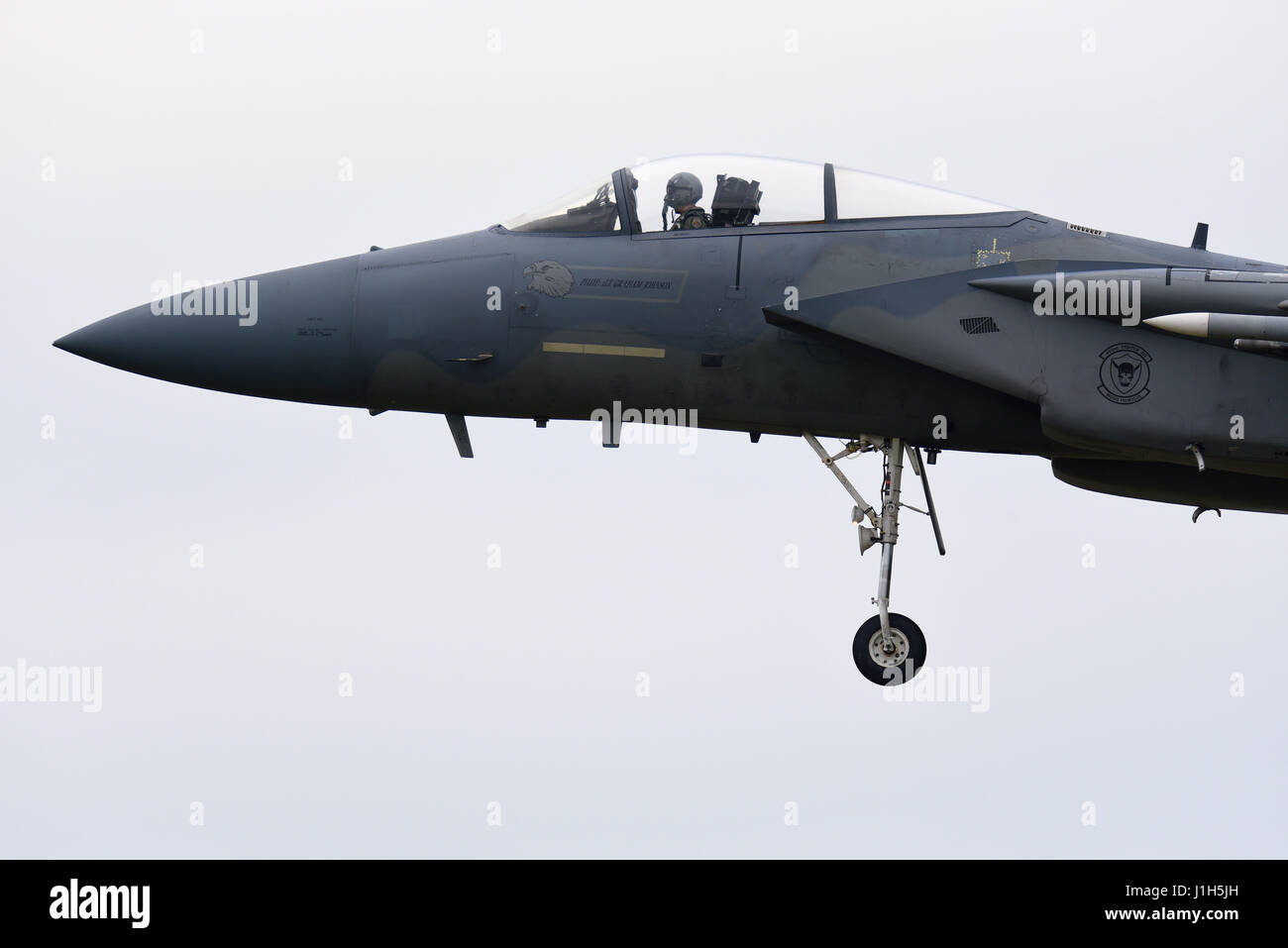Richard has done an excellent job on the visibility thing. Here’s the few missing tidbits.
In airliners, the seat adjusts fore and aft about 15". It adjusts up and down about 10". And has a wide range of tilt, plus a couple of other minor tweaks. Plus the rudder pedals adjust fore and aft about 12".
There is a designated spot in 3D space where your eyes belong. Different airplanes have different ways of helping you identify that sweet spot. So you fiddle with the seat until your eyes are there. Then adjust the pedals until your feet reach them and you can get full travel, plus full toe-braking, plus a little. From the proper spot, the view out the front and sides is adequate.
Once positioned, people with big bodies and/or long arms find themselves a little close to the yoke, while small people will be reaching more. But it works for a very large range of people sizes.
As mentioned, even in modern fighters there’s a bunch of panel in front of the pilot. There is a strong compromise between ability to see enough of the panel and enough of the sky.
Most of the GA vids you see on YouTube are shot with a wide angle lens and/or the go-pro even closer to the windows than the pilot eyes. So the apparent huge unobstructed view of the sky is less true than it appears.
And yes, in jets the structural issues matter. The 737 nose is really a 707 nose dating from 1950. Not “the 50s”; 1950 was the year the pencil hit the paper on that design. Things have improved a bunch since then.
Measured in terms of angular extent from the design pilot eye position, the 757/767 have much larger widows. You’re sitting a little farther away from them to boot, so in terms of physical measurement they’re vastly larger. The L1011 was famous for truly ginormous cockpit windows. Folks transitioning from the 707 joked about being afraid of heights now that they could see so much more of the Earth.
For an airliner, the faster you’re going the more it’s true that 100% of what you care about is pretty much directly in front of you. And except during maneuvering combat, the same can be similar in a fighter.
I mentioned somewhere upthread that lightplanes are flown 90+% looking out the window with occasional glances inside at the gauges. Whereas transports are flown 90% inside with occasional glances out the windows.
On a standard ILS approach with clouds down to minimums you’ll first see the ground 15 seconds before impact. For a so-called Cat II approach it’s more like 7 seconds. That’s the only part of a pilot-landed approach that needs to even look out the window. If similar conditions existed at takeoff, one might spend an entire flight except for a total of 20 seconds totally in the clouds never even looking at the windows, much less seeing something through them.
OTOH …
If you click on my avatar to pull up my user profile page and click the expand button at upper right you’ll see a pic I took out the 737 side window from my seat in proper eye position. We’re looking just a little aft of 9 o’clock. That was with my phone at 1:1 zoom, which approximates the human eye’s focal length.
There’s a lot more view out that window higher or lower even before you start moving your head around to maximize what you can see.
